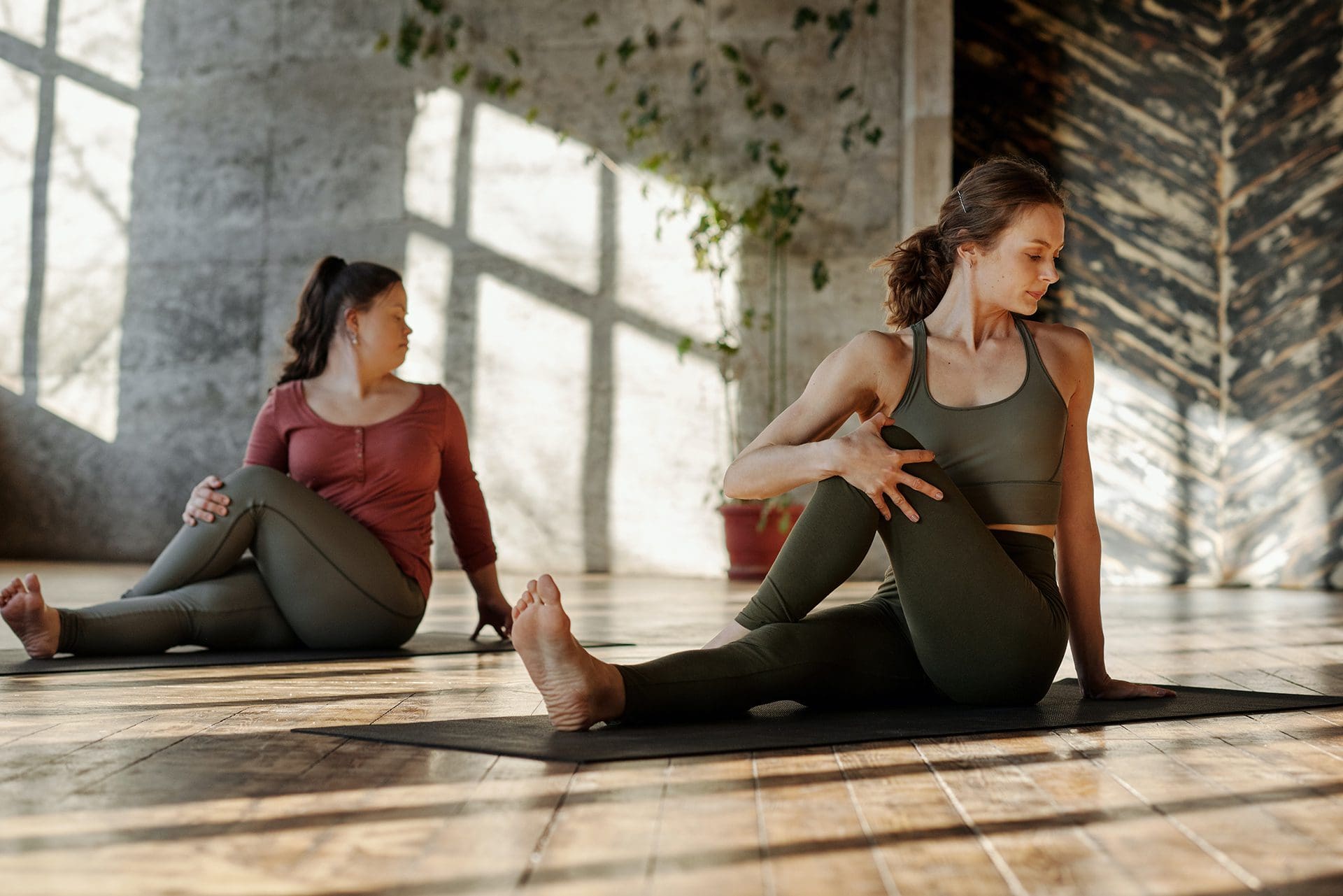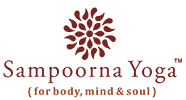What is the 200-hour yoga teacher training?
The 200-hour yoga teacher training program is the perfect starting point for those looking at getting a 360-degree understanding of yoga. The certification allows you to become a 200-hour RYT (registered yoga teacher) with Yoga Alliance and contributes towards your RYT 300 and 500 certifications. It is ideal for beginners or those new to yoga.
Our 200 hour yoga certification explores yoga as a lifestyle in a holistic and adaptable manner. The program follows the Ashtanga Vinyasa style and gives you the knowledge, skills and confidence to practice and teach according to the Ashtanga system. Consisting of the eight limbs of yoga, the Ashtanga style of yoga was established by Sage Maharishi Patanjali more than 3000 years ago. The eight limbs are yamas (social norms), niyamas (self-discipline), asanas (postures), pranayama (breathwork), pratyahara (withdrawal), dharana (concentration), dhyana (meditation) and samadhi (liberation). Of course, it takes years of practice to reach the final stage of samadhi. However, the way the limbs are structured is that each one prepares you for the next.

The yoga teacher training program also includes the Vinyasa Flow style of yoga which is a dynamic form of yoga. In this approach you move from one pose directly to the next in a swift and smooth flow. There are many asana sequences that can be adapted for beginners, intermediate and advanced practitioners. Postures are combined by linking the breath to each movement in this fluid practice.

In accordance with Yoga Alliance’s guidelines and standards, the following is included in the 200 hour yoga teacher training. It probably sounds heavy at first glance – but don’t worry, each module is designed for beginners to easily grasp the various topics making it interesting, fun and adaptable.
- Asanas: the course covers Ashtanga Yoga and Vinyasa Flow styles of yoga, with some bonus classes that explore Yin Yoga and Partner Yoga. Under each style of practice, you will learn different asanas (for example, Ashtanga’s primary series, Vinyasa flow practices, etc.), modifications, adjustments and variations. An introduction and history of the practice will also be taught.
- Pranayama: the breathwork module will cover an introduction to the practices, the benefits, the science behind each, and different types of pranayama (alternate nostril breathing, bellows breathing, etc.) and how to teach this to students.
- Meditation: during this program you will learn the aim of the meditative practices, the science behind them, benefits for body and mind, how they impact the brain and nervous system, etc. The module will also cover how to teach meditation and a few types such as Om meditation, Mantra, Vipassana, etc.
- Yogic philosophy: learn the foundation of yoga, from its history and meaning to the lifestyle, different paths (Jnana, Raja, Bhakti, Karma yoga), Ashtanga’s eight limbs, the gunas (qualities), lifestyle and ethics of a yoga teacher, among others.
- Anatomy and Physiology: this module goes into details of the human body and its various systems. How is the spine shaped? What happens to the spine during a backbend and forward bend? What is the importance of the right alignment? These are some of the questions that will be addressed. You will learn the basics of the systems, functional anatomy, the principles of yoga asanas and certain movements, etc.
- Teaching and the business of yoga: the course also covers how you can develop your yoga practice and become an outstanding yoga teacher. You will learn how to create Vinyasa flows, how to teach the Ashtanga Primary series and to cover all types (standing, seated, inversions, etc.). You will also learn the importance of modulating your voice, another important aspect of being a yoga teacher. For example, when giving asana instructions the tone and pitch of your voice should be motivating, firm and clear. For meditation, your voice should be more soothing and tranquilizing.
In the 200-hour program you will, in fact, have hours of practice teaching your fellow-students so you can develop the required confidence and other qualities. The best part – you will receive feedback for your teaching, giving you the opportunity to improve as well.
200-hour yoga teacher training online or offline has a certain number of contact and non-contact hours, allowing students plenty of time for self-study. Experienced teachers are there to help you progress. However, bringing your presence of mind, passion, intuition and interest will enable your progress further and connect with yourself during this transformative program.

